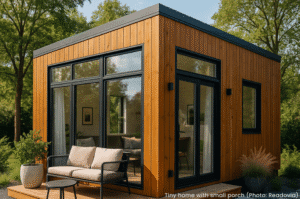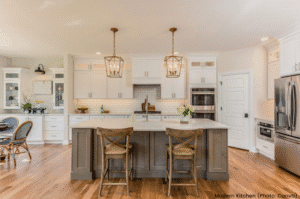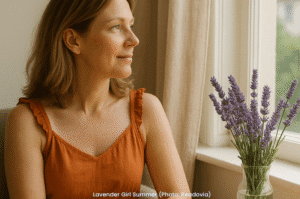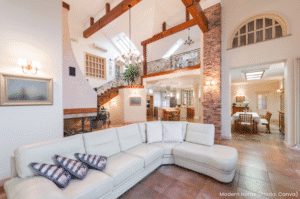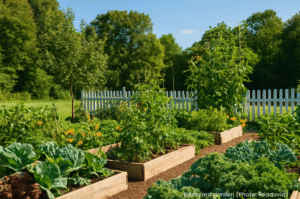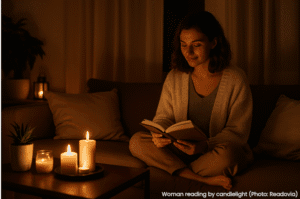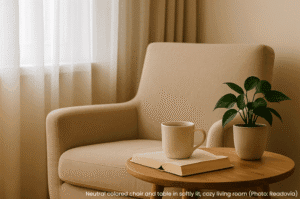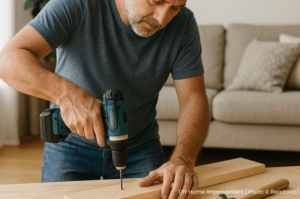Tiny homes just got a big upgrade.
What started as a niche minimalist movement has evolved into a design-forward lifestyle — and in 2025, tiny homes are anything but basic. Today’s models boast solar panels, retractable furniture, composting toilets, and even voice-activated lighting. You might live small, but you won’t feel like you’re missing out.
Thanks to remote work and rising home prices, more people — from retirees to digital nomads — are choosing to downsize without sacrificing style or sustainability. A new wave of manufacturers is offering prefab tiny homes that can be delivered, customized, and move-in ready in under 90 days.
Design is driving demand. Think sleek Scandinavian interiors, multi-use spaces, and hidden storage that would make a Manhattan apartment jealous. Many are being built with high-end finishes and wellness-focused features like natural light optimization, purified air systems, and smart climate control.
There’s also a growing community vibe. Tiny house villages and eco-communities are springing up across the country, from Oregon forests to Florida coastlines. They offer not just affordability, but a lifestyle of intentional living — one where less really can be more.
Whether it’s about escaping the mortgage grind or just living with a lighter footprint, the tiny house trend is proving it’s no longer a passing fad — it’s a movement that’s redefining what we call “home”.
The Author

Ava Rhodes
Staff Writer, Readovia



